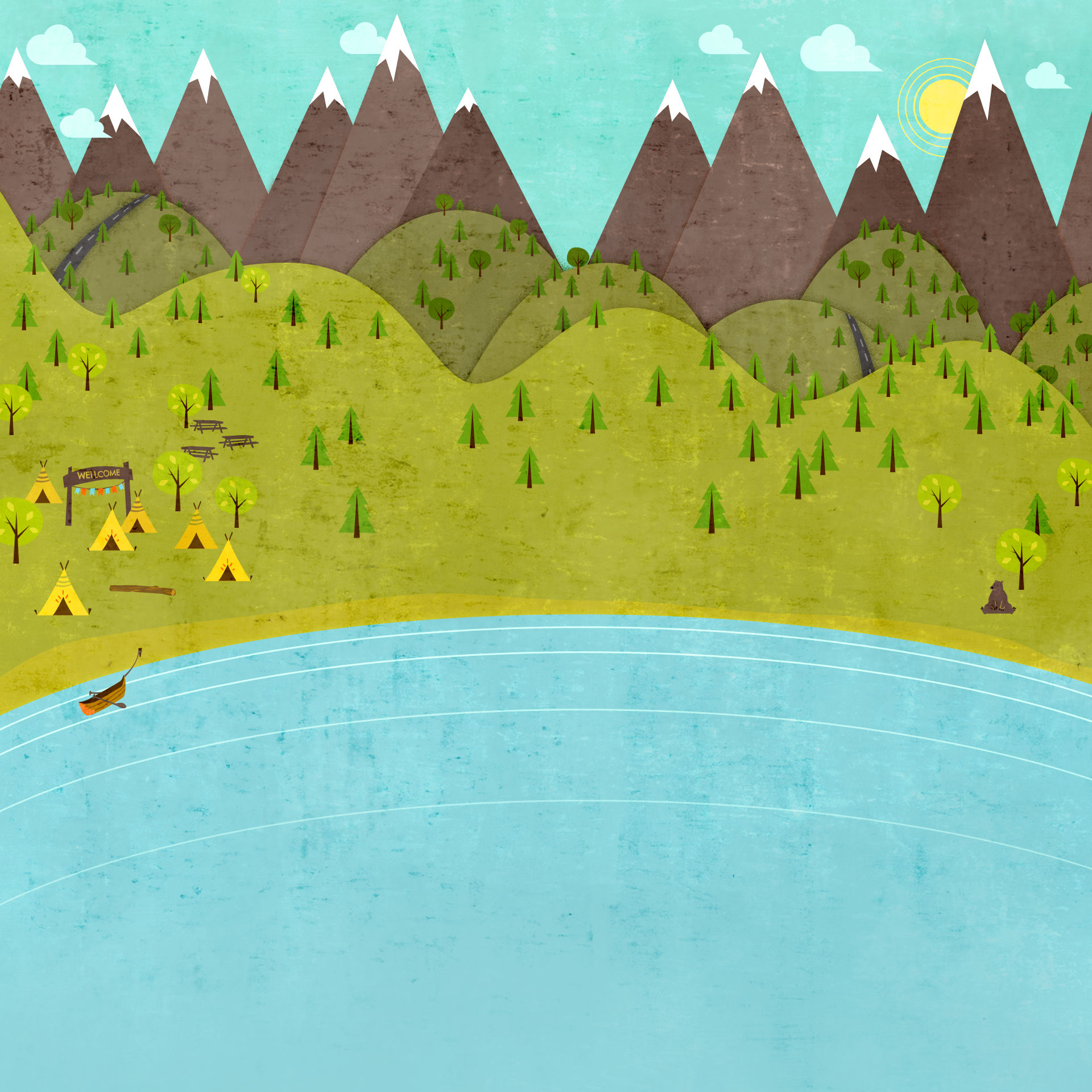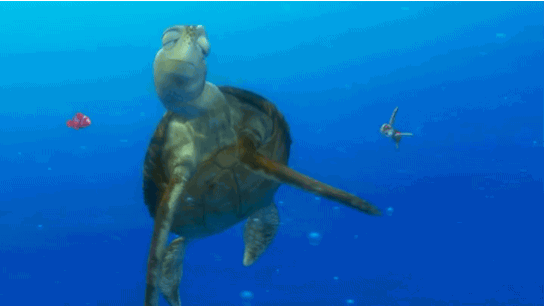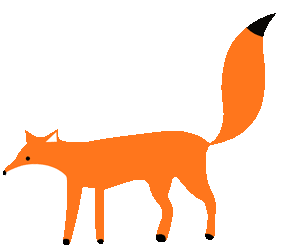

Miss Holland's Reading Lessons
Submerge into Summary
Reading to Learn
By: Katie Holland
Rationale:
Reading is the first step for students to learn information. After students are able to read words and decode fluently, students must learn how to comprehend the text. One way for students to improve reading comprehension is to learn how to summarize. To be able to summarize a text, students take the important information and combine it to explain it to someone that has not read the text. This lesson helps students learn how to pick out main ideas and important details by having a teacher model summarization. In this lesson the teacher will model how to choose important information and delete unimportant information. The teacher will also guide the students through summarizing a passage on their own. At the end of the lesson, the students will be assessed through comprehension questions.
Materials:
Pencils, paper, highlighters, sharpies (black), dry-erase board and markers, passage sample on Smart Board (sample paragraph from “National Geographic Kids: Cheetah”), classroom copies of full article “National Geographic Kids: Hippopotamus”
Rubric for Summarization
Procedures:
-
Say: Today we are going to talk about summarization. Can anyone tell me what you think it might mean to summarize a story? That’s right! Summarizing means to take the most important details out of a story and explain it in your own words. What are important details? Right! Important details are main ideas, important characters, important statistics, or important events that happens to a character in the story. When we summarize, we only tell the important parts of the story. We leave out the details that are not important to the story. How do we find the important information? A good way to decide if information is important is to ask yourself: “Is this information important to what the whole text is about?” Another way to figure out if the information is important is to look at the topic sentence. The topic sentence shows us what the paragraph is going to be about. If the information does not relate to its topic sentence, then it is probably not very important.
-
Say: Now we are going to read a passage together on the Smart Board. This passage is about Cheetahs. We have a vocabulary word you will be reading that is important in the passage: extinction. Does anyone know what extinction might mean? If I say dinosaurs are extinct, what do you think that might mean? Extinction means a species, or a group of animals, that is almost completely gone! For an animal to be extinct, it means that there are no more of these animals on earth. Finish the sentence: An animal that is extinct is…Why do you think a passage about cheetahs might talk about extinction? Let’s read to see if you are right:
Once found throughout Asia and Africa, cheetahs today are racing toward extinction. Loss of habitat and declining numbers of their prey combine to threaten the future of these cats. Cheetahs live and hunt mainly in open grasslands and bushy areas in parts of Africa and the Middle East.
-
Say: Who thinks they can give me a summary of what we just read? (Ask different students to share their summaries. Write some of the summaries on the board.) Now lets see what my summary looks like.
Once found throughout Asia and Africa, cheetahs today are racing toward extinction. Loss of habitat and declining numbers of their prey combine to threaten the future of these cats. Cheetahs live and hunt mainly in open grasslands and bushy areas in parts of Africa and the Middle East.
-
Explanation: Remember that our topic sentence tells us what the paragraph is about. In this case, the paragraph is about cheetahs coming close to extinction. Can someone tell me what extinction means for review? Very good! It means a group of animals is no longer existing on earth. Notice at the beginning of the first sentence I blocked out the first part. Why do you think I did that? Right! Cheetahs found in Asia and Africa is good information, but it is not important to this paragraph. The article goes on to tell us why cheetahs are racing towards extinction. It says that loss of habitat and declining numbers of their prey, or food, are all things that make surviving hard for a cheetah. At the end, the information about where cheetahs hunt is interesting but it does not tell us why or how cheetahs are becoming extinct. So we cross it out. Great job boys and girls!
-
Say: Now it is your turn to practice summarizing. I am going to pass out an article about Hippopotamuses. Has anyone ever seen a hippopotamus? Maybe at the zoo? They are very big animals! We are about to learn some interesting facts about Hippopotamuses. As you read, use your highlighter to highlight important information and use your black sharpie to cross out information that does not relate to the main idea of the article. Remember to use the topic sentences of each paragraph to help you figure out the important details in that paragraph. For example, if the topic sentence talked about what a hippo eats, would the size of his ear be important or unimportant? Right! It would be unimportant.
-
When you’ve finished reading and marking the article, I want you to try your summary. Summarize the article in 6 sentences or less. Only include the highlighted details, not the details you crossed out. Make sure you are writing your sentences in your own words and not just copying the highlighted bits word for word.
-
Before you read the article, lets go over so helpful vocabulary. (Make sure to write these on the board for students to use as reference)
-
Territory: Territory means an area that belongs to someone. So if an animal has a territory, that is where the animal lives and the land belongs to that animal.
-
Submerged: Submerged means to be completely under water. For example, when you jump off of the diving board and you go under water, you are submerging yourself.
-
Protrude: Protrude means to stick out. For example, If I am under water, but I stick my hand out of the water, my hand is protruding from the water.
-
Graze: Grazing is when animals eat grass in a field. So when cows are eating grass, they are grazin
-
When you are finished with your summary, please bring them up to my desk. (allow 25 minutes for students to complete the task.)
Comprehension Questions:
-
How does a hippo breathe?
-
Where does a family group of hippos spend most of their day?
-
Where do hippos go at night?
-
When do hippos eat grass?
Rubric:
Collected important information (highlight) ___/2
Deleted unimportant information (cross out) ___/2
6 sentences or less ___/2
Sentences brought ideas together from each paragraph___/2
Sentences organized coherently into essay form___/2
Total Points and Comments:
___/10
References:
Cheetah Article:
http://kids.nationalgeographic.com/animals/cheetah/#cheetah-running.jpg
Hippopotamus Artical: http://kids.nationalgeographic.com/animals/hippopotamus/#hippopotamus-closeup-water.jpg
Summarizing Superheroes! By Savannah Adcock:
http://savannahadcock.wix.com/wildaboutreading#!reading-learn/c1ttv

Return to Travels Index
© 2015 by Miss Holland Reading Lessons .Proudly created with Wix.com

